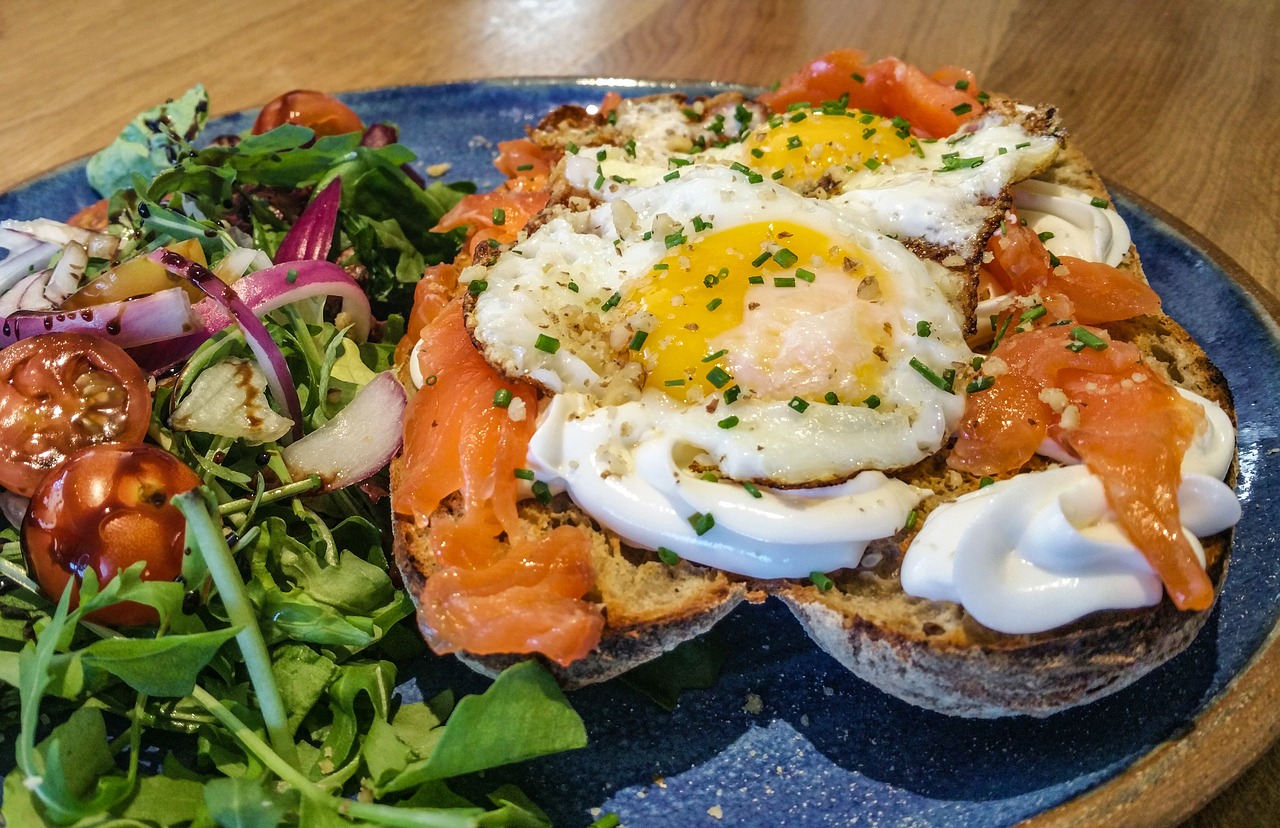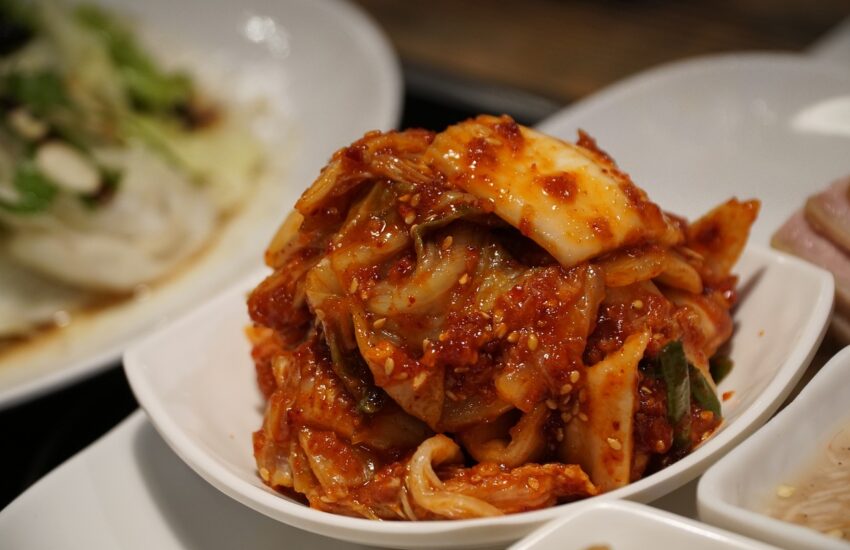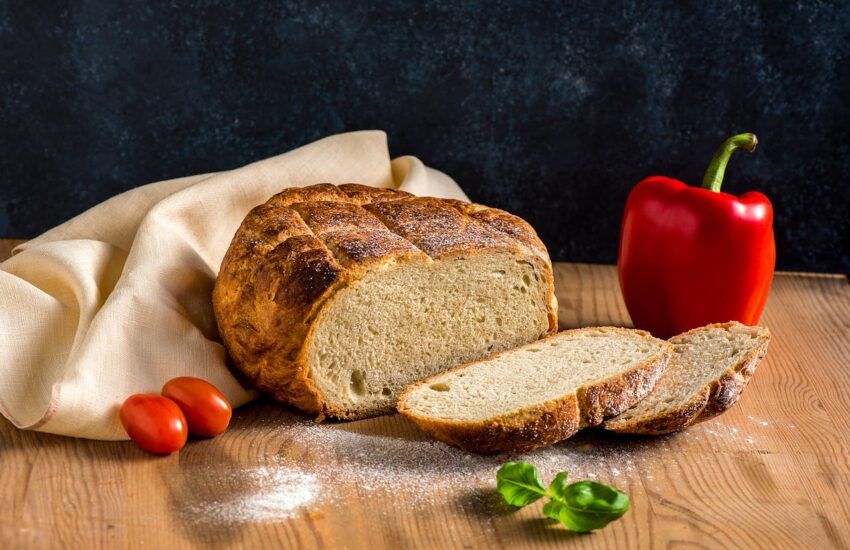7 Super-Healthy Foods That Are also Budget Friendly

I’m sure if you’ve read my articles, or articles from other physicians promoting “clean eating” there’s always some sticker shock involved.
When you’re told the only way to be healthy is to eat all organic, or to consume heavy amounts of “pasture-fed” this and “wild-caught” that, the sound of a ringing cash register doesn’t stop.
Let me be honest with you.
Yes, sometimes eating healthy can be pricey.
But like a popular meme goes, “Have you ever priced out cancer treatment?”
Again, I’d rather my patients spend their hard-earned money on food instead of doctor’s visits, medicines and even supplements.
This is why such a large portion of our practice at Robinhood Integrative Health is shifting towards helping patients (as well as our email subscribers) learn more about diet.
All that being said, healthy eating can be expensive.
But, and this is good news, eating well doesn’t have to break the bank.
What I’d like to share today is a list of budget-friendly foods that will help boost your health.
The one thing that’ll become instantly clear about this list?
Every single food on this list is just 1 ingredient.
Don’t fall into the healthy-diet trap of believing you need to buy “health foods” to improve your health.
Also a note for anyone with thyroid issues. I included a few foods on this list that may be problematic for thyroid conditions. However, for the general population these foods are reliably affordable and healthy, so I’d be remiss not to include them.
11 Inexpensive Foods That Boost Health: Guaranteed
1: Coconut Oil:
For the vast majority of people, coconut oil is one of the best health foods you can buy.
It provides you with some of the healthiest fats around, is extremely calorie dense (which is great for energy levels as well as satiation) is useful in cooking, baking, added to coffee and also has a wide-range of alternate uses.
A little bit of coconut oil goes a long way, and if you buy in bulk off Amazon or at Costco you can make this health food last for months on end.
Organic and conventional coconut oil aren’t too much different in price.
2: Onions:
Not only are onions inexpensive, they’re awesome for helping add flavor to all kinds of diets.
One of the chief complaints people have when it comes to eating clean, eating keto, paleo, you name it, is meals can be somewhat bland and boring.
If you’ve got onions in the mix that simply isn’t true. Yes, they’re inexpensive, generally $.50 – $1.50 a pound (organic is just a bit more) but they’re also filled with a number of compounds that promote great health. These compounds include sulfuric compounds which help build glutathione, dietary fiber, vitamin C, folate, potassium and more.
When it comes to nutrition, value, and taste, onions cannot be beat.
3: Collard Greens:
I don’t think anyone would have expected collards to be on this list.
But on a price to nutrition basis collards are exceptional. Conventional collards are usually $.99 and organic costs around $1.99.
Here in North Carolina collard greens are somewhat of a dietary staple. It’s the rich heritage of Southern cooking as well as the climate that make collard greens ubiquitous.
Here’s the thing about collard greens that get them up on this list.
This dense, leafy green is about as inexpensive as it gets and excels at giving you max nutrition. By price, collard greens gives you much more food and far more nutrients than a similarly priced head of iceberg lettuce.
Collards also taste better (at least, in most people’s opinions).
What makes them so healthy, well as The World’s Healthiest Foods writes: “In a study on indigenous vegetable intake in the southeastern United States, collard greens were determined to provide the 4th greatest amount of antioxidant capacity related to overall dietary intake among 12 nutrient-rich foods in the study.”
This is a quick hit list for inexpensive and healthy foods, so if you want to see the entire article click here.
-
4. Broccoli:
A giant head of broccoli generally costs $.79 to $1.49. Organic tends to be a few cents pricier.
For the price broccoli is a superstar.
Sometimes referred to as “nature’s broom” broccoli is high in dietary fiber which is essential to gut health. In addition to the dietary fiber content, broccoli provides some of the highest known levels of vitamin K-1, an essential factor in blood health.
It’s also rich in vitamin C as well as other desirable minerals like chromium and folate.
One of the main reasons to consider adding broccoli to your shopping cart has to do with research supporting its use as an anti-inflammatory agent. Broccoli contains a few known anti-inflammatory agents like kaempferol, omega-3 fatty acids (true) and isothiocyanates, all of which have been shown to help fight inflammation.
5. Sweet Potatoes:
While sweet potatoes are “pretty much all carbs”, they’re still an incredibly healthy food. So, if you’re eating a ketogenic diet just adding a little into your diet can go a long way.
Here’s what Healthline says about sweet potatoes:
“Sweet potatoes are extremely healthy and one of the cheapest vegetables you can buy.
For only $0.92 a pound, they provide an impressive amount of vitamins and minerals that have many health benefits.
They are particularly high in beta-carotene, which is converted into vitamin A in the body. Just one sweet potato provides 369% of your daily need for vitamin A, which plays an important role in eye health.
Sweet potatoes also contain a decent amount of B vitamins, vitamin C, potassium and fiber. Studies show they may have anti-inflammatory effects, which help lower the risk of chronic diseases such as cancer and diabetes.”
6. Salmon:
I think salmon is one of the healthiest sources of fat and protein known to man.
Now let me do a little bit of explaining here. Salmon can certainly be expensive. If you go to a health-food store like Whole Foods you can see salmon for $14.99 -$24.99 a pound.
Yikes!
The good news is you don’t have to spend that much.
One option is to get wild-caught salmon in a can. Here at Trader Joe’s you can find that for around $3.49 a can (which I think is 14 oz).
Additionally, you can find cheaper, wild-caught options like sockeye and keta salmon filets at most major chains for under $10 a pound.
If you eat a ketogenic diet a small portion of salmon (3-5 oz) 4-5 times a week will be a great way to sustain healthy intake of Omega-3 (DHA/EPA) as well as animal-based protein.
Salmon also provides you with astaxanthin, an incredibly powerful antioxidant that helps with the following:
- Improves blood flow.
- Decreases blood pressure.
- Protects against blood clotting.
- Improves LDL cholesterol.
- Improves lipid counts.
- Decreases oxidative stress.
* Do not buy farm-raised salmon unless it’s from a reputable source. Here’s a link to what Seafood Watch recommends.
7. Pasture-Raised Eggs:
While eggs are cheap, as cheap as $1-$2 a dozen, this is one of the few foods where I recommend going pricey. Not just for health reasons, but for ethical reasons as well.
Of course, pricey here still equals out to being affordable in the long run.
That’s because at $6 a dozen, pasture-raised eggs should provide you with a number of healthy, filling meals.
Thus you can make 2 dozen eggs last 7-10 days without breaking the bank.
The reasons eggs are great for your health are myriad. First off they’re a great source of protein. 1 egg has 6-7 grams of protein.
Secondly, they’re high in healthy fats. Yes, eggs were demonized for their fat content for years.
But now we know the fat in eggs actually helps to improve health. This is because they have Omega-3s which are anti-inflammatory and linked with improvements in brain and heart health.
Additionally pasture-raised eggs contain all the necessary B-vitamins as well as a number of other minerals.
In fact, pasture-raised eggs are one of the richest sources of choline available. Choline is an important nutrient for brain health as it forms the basis of acetylcholine, a neurotransmitter essential for healthy brain function.
Are There More Foods I Could Have Added To This List?
Of course there are.
But this list is now 5 pages long and I don’t want to take up all of your time.
I have two great resources for learning about what foods are great for your health and inexpensive.
The first is from Healthline: 29 Foods That Are Healthy and Incredibly Cheap.
The second is the website “The World’s Healthiest Foods”. While this website doesn’t break foods down by price, it’s one of the best sources for analyzing food nutrient profiles available.
Whatever you do, please be sure to use this information as it’s scientifically supported to help improve your health.


